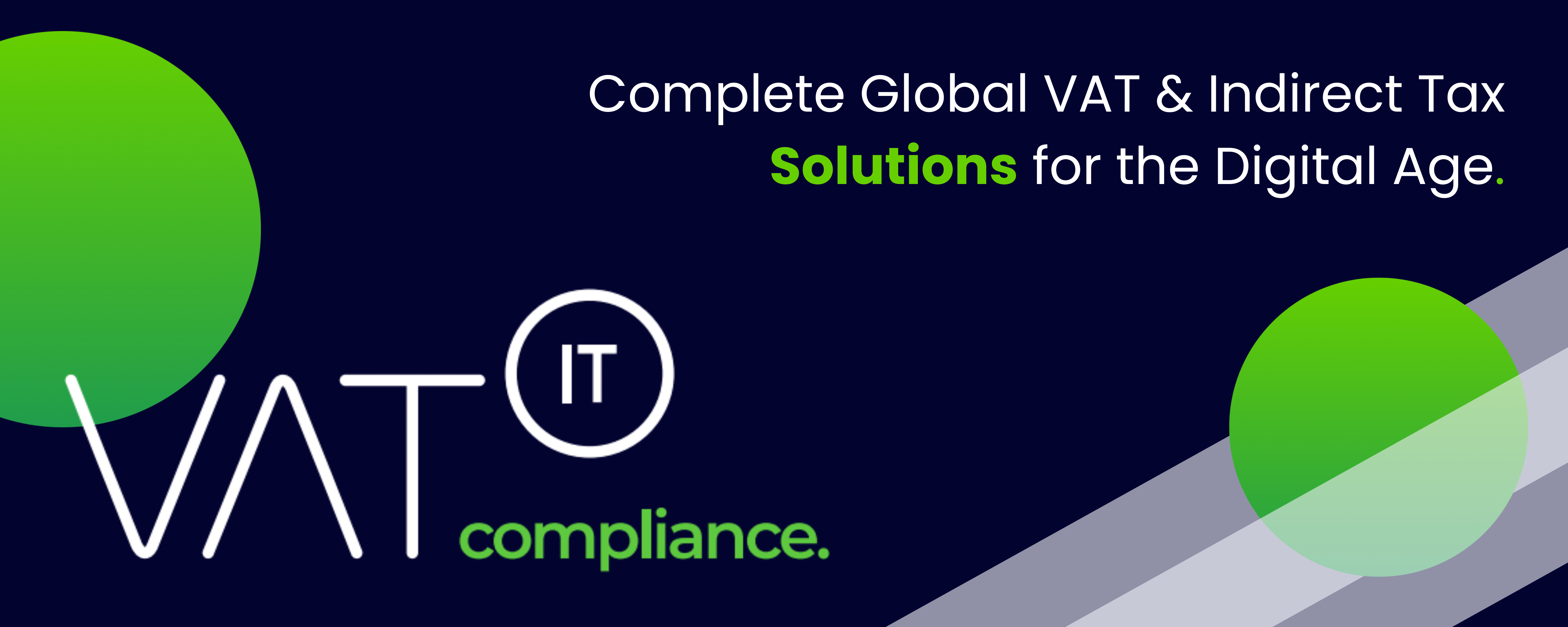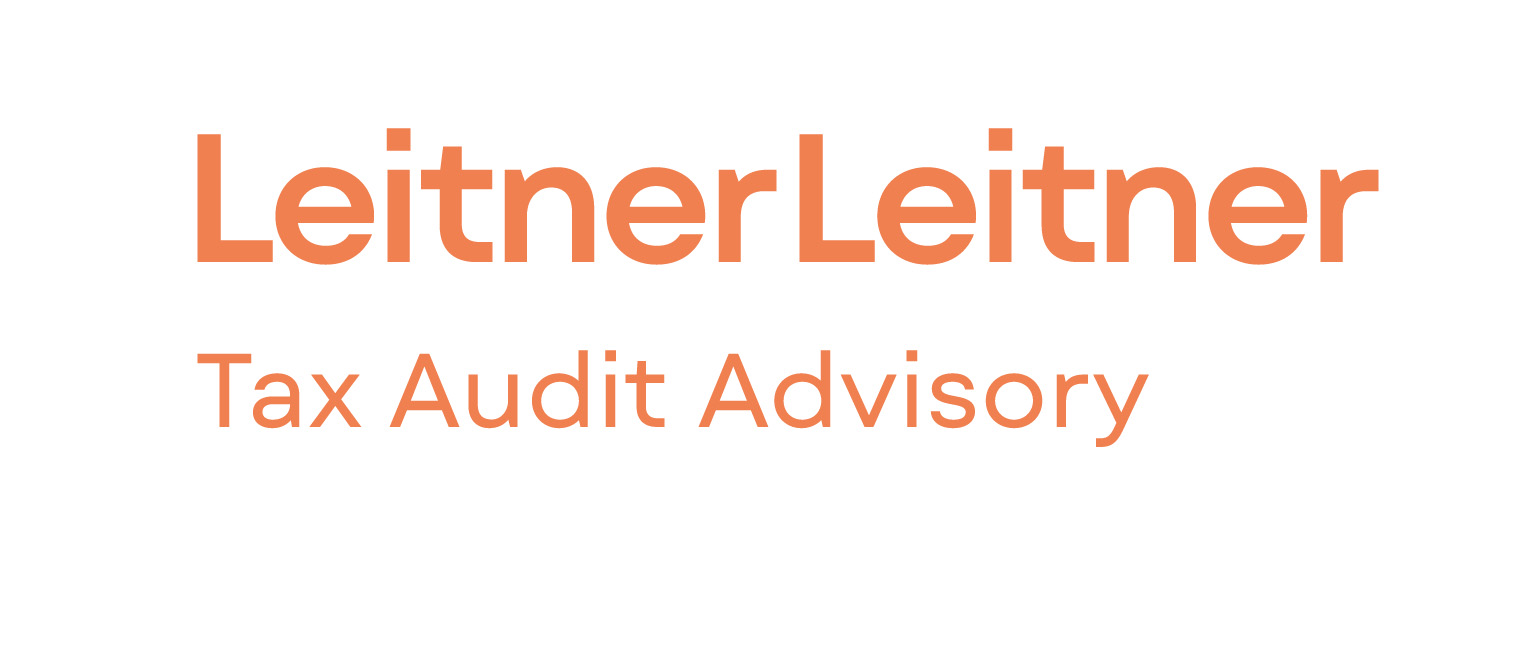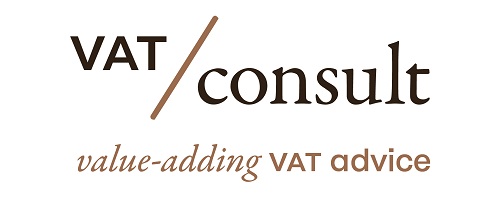- The European Union has a common system of value added tax (VAT) that applies to all transactions made in the EU by taxable individuals or businesses, as well as imports into the EU.
- The place of taxation depends on the nature of the transaction and type of product or service involved.
- VAT is charged at the time of supply and the taxable amount includes all payments to the supplier, with some exceptions.
- The standard rate of VAT is at least 15%, with some exceptions for reduced rates on specific goods or services.
- Exemptions from VAT exist, with some allowing for the right to deduct VAT paid on acquired goods or services used for taxed transactions.
- The directive sets out obligations for taxable and non-taxable persons, with exceptions and special schemes designed to reduce paperwork.
- The directive also allows for a temporary reversal of VAT liability under strict conditions for Member States most affected by VAT fraud.
Source eur-lex.europa.eu
Latest Posts in "European Union"
- EU Parliament Approves CBAM Reforms: New 50-Ton Threshold, Delayed Certificate Purchases to 2027
- ViDA: Transforming EU VAT with Harmonized e-Invoicing and Real-Time Reporting
- EU Court Ruling on Arcomet: Transfer Pricing Adjustments Pose VAT Risks for Companies
- Italian Tax Authorities Remove Non-EU Companies from VIES for Failing New VAT Guarantee Requirements
- Comments on ECJ C-121/24: Non-payment of declared VAT does not constitute VAT fraud













